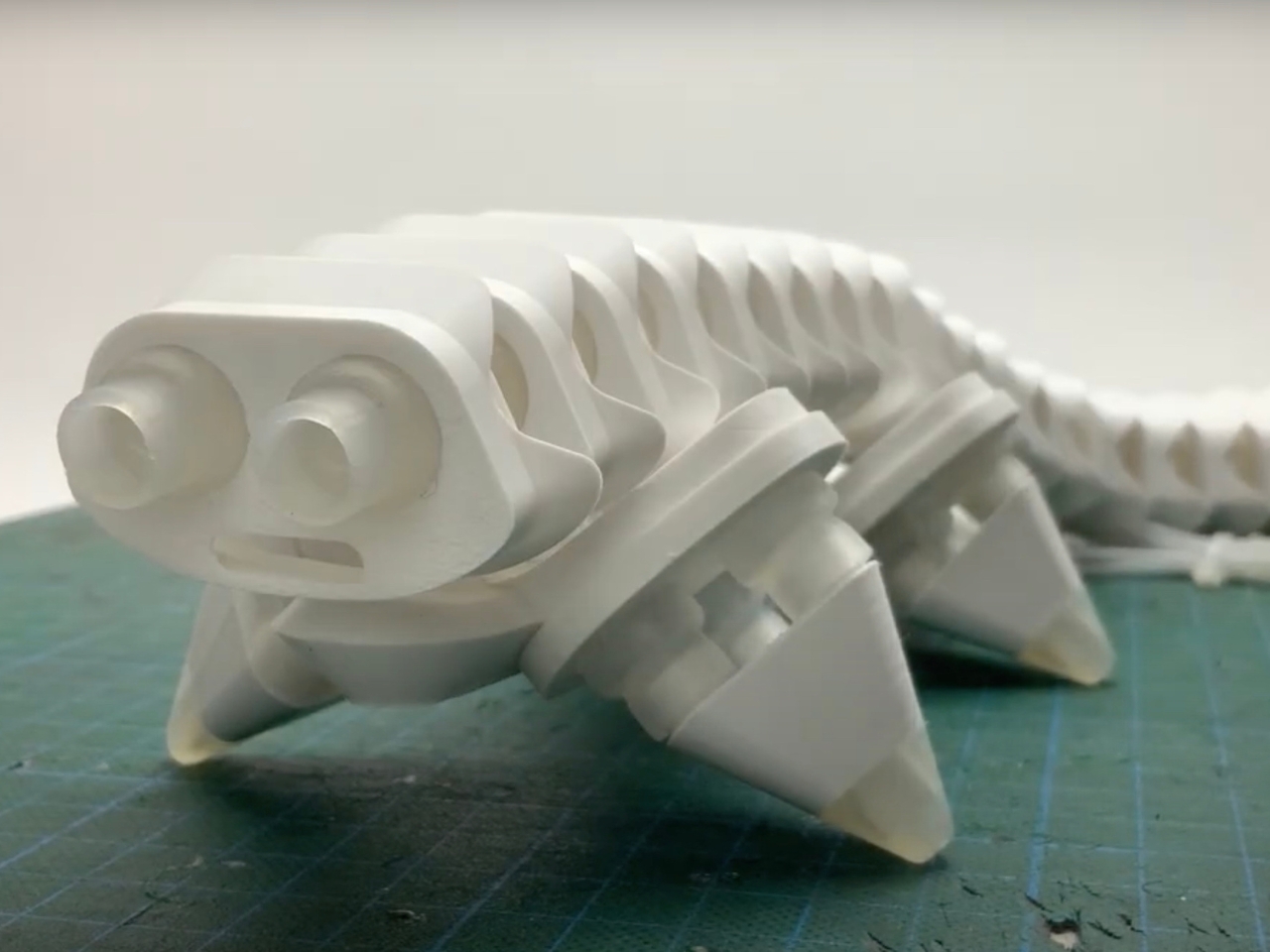Squishy salamander robot pushes boundaries of soft robotics
Robotics has long been dominated by rigid materials and precise mechanical movements. But a fascinating development is taking hold – soft robotics. These robots, built from flexible and compliant materials, are opening up new possibilities in fields ranging from medicine to exploration. The latest innovation making waves in this exciting area is a squishy salamander robot. This isn’t your typical clunky, gear-driven automaton; this robot moves with a fluid, life-like gait thanks to its soft construction.
The beauty of soft robotics lies in its inherent adaptability and safety. Unlike their hard counterparts, soft robots can bend, stretch, and twist, allowing them to navigate complex environments and interact gently with delicate objects. This is particularly advantageous in applications like healthcare, where robots need to operate safely within the human body, or in handling fragile items in manufacturing. The salamander robot by Soiboi Soft perfectly exemplifies these benefits.
Designer: Soiboi Soft
Its squishy body, likely constructed from elastomers or other flexible polymers, allows it to undulate and crawl in a manner reminiscent of its biological inspiration. This biomimicry isn’t just aesthetically pleasing; it’s functional. The robot’s soft limbs and torso can conform to uneven surfaces, providing better traction and stability compared to rigid-legged robots.
While the specific details of the robot’s actuation aren’t fully elaborated, it likely utilizes pneumatic or hydraulic systems to create movement. These methods are common in soft robotics, allowing for controlled deformation of the flexible materials to produce motion. Think of inflating and deflating chambers within the robot’s body to create the necessary bends and twists.
The potential applications for such a robot are vast. Imagine search and rescue operations where a squishy robot could squeeze through tight spaces and navigate debris to locate survivors. In environmental monitoring, a soft salamander could traverse sensitive ecosystems without causing damage. The inherent gentleness of soft robots also makes them ideal candidates for human-robot interaction, potentially assisting in elder care or even becoming unique educational tools.
The development of this squishy salamander highlights the rapid progress in soft robotics. As material science and actuation technologies continue to advance, we can expect to see even more sophisticated and versatile soft robots emerge. These flexible machines promise to revolutionize various industries and offer solutions that were previously unattainable with traditional rigid robotics. The future of robotics may just be a little more… squishy.
The post Squishy salamander robot pushes boundaries of soft robotics first appeared on Yanko Design.


